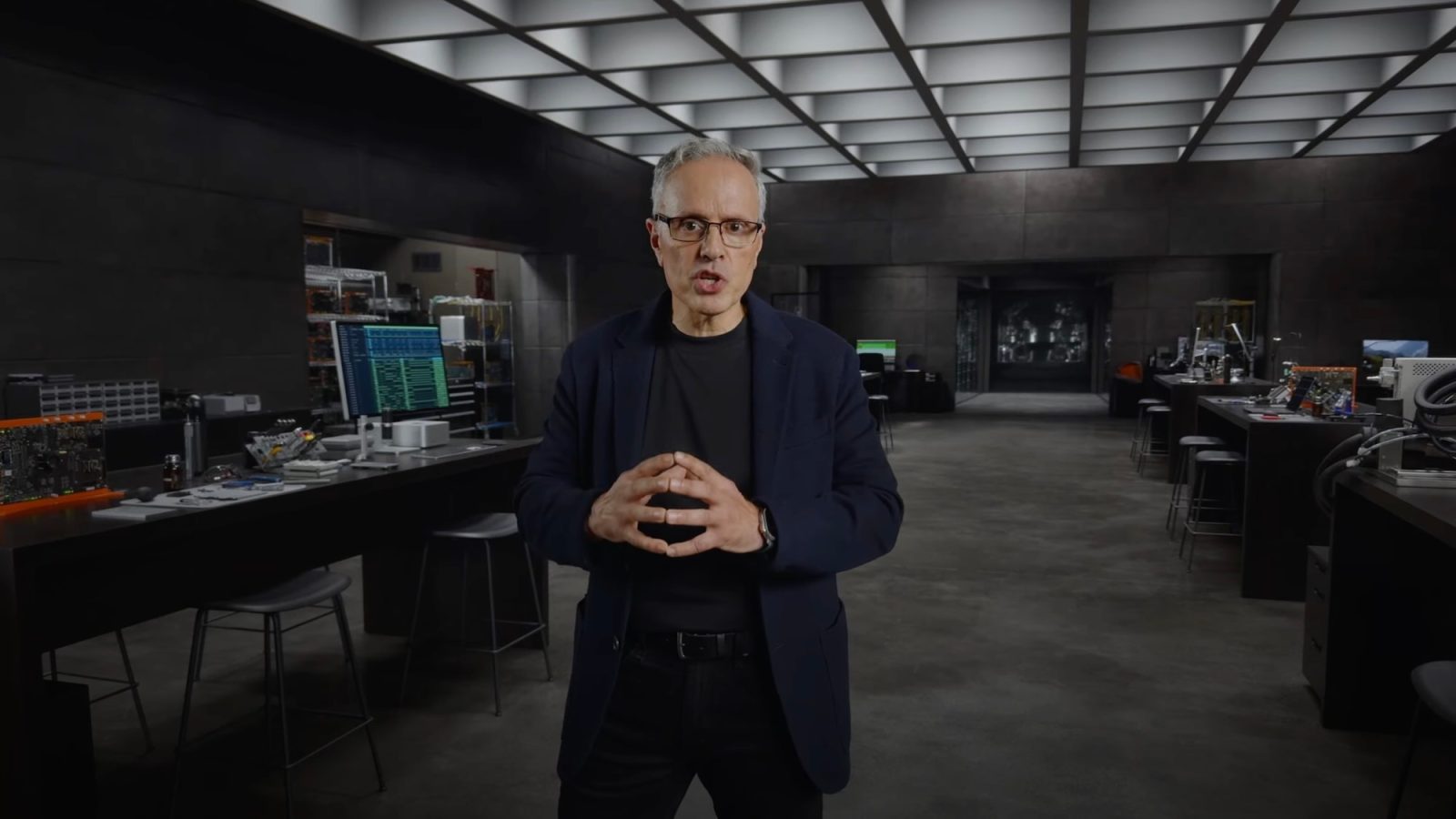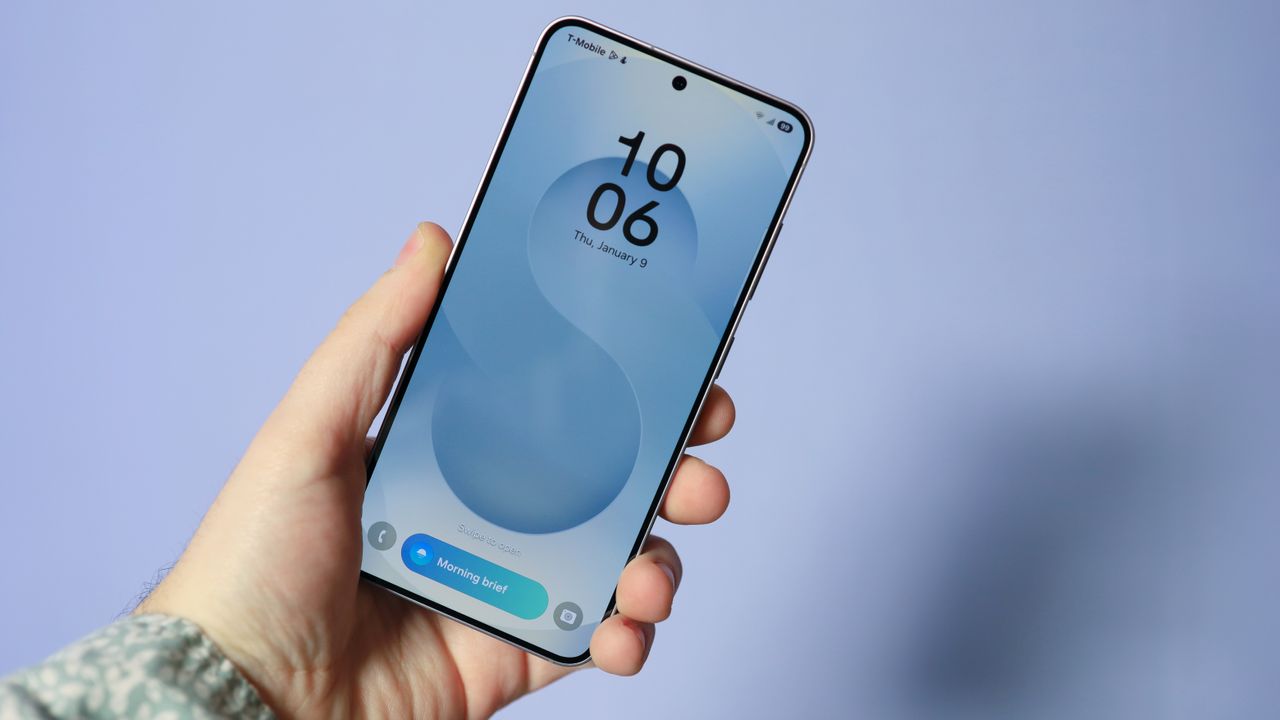
How many of you own a personal assistant, like an Amazon Echo or Google Home? Or how many of you have a FitBit or an Apple Watch? Probably quite a few of you. According to Parks Associates, it is estimated that over 442 million connected devices will be sold by 2020. That includes connected entertainment, mobile, health and smart home devices. This is huge growth, don’t you think? Voice activated connected device usage jumped 130% in the past year alone. Again, that’s huge. But it’s not just about growth, it’s about connectivity. People want to be connected to their devices. Even if we look at it in it’s most simple form – say a programmable thermostat. You want to be connected to your home, in order to adjust that.
But according to Parks Associates, voice control is the top trend for 2017. According to Elizabeth Parks, SVP, Parks Associates, “Parks Associates research shows U.S. consumers will buy more than 2.3 billion connected devices between 2015 and 2020, and they are showing strong preferences for voice as the interface for their devices. Companies in the smart home, entertainment and connected car ecosystems are pursuing partnerships that can add voice control to a variety of solutions in the connected home.”
That means, more people are wanting technology like Alexa. The trend was formerly around fitness wearables, but have now shifted to intelligent assistants, like Alexa. Why is this important information to know? Well, it’s time for developers to get into the game. Whatever your product is, how can you design it for a connected device? And how can you also design it to have voice based commands or searches?

I, myself am not a huge fan of the voice commands. Mostly because they don’t seem to work with my voice. I can’t use voice control in the car because it never calls the right person. For example, I will say “Phone Call + John Smith”, and it will always try to call my boss. Who’s name isn’t John Smith. Sometimes it might be “Phone Call + Mom”, and it never works. I’ve been told that I pronounce it in the British form, like “Mum”, so I have to over enunciate and almost put an “a” into it to make it work. I’ve digressed a bit here. My point is that the technology also needs to work for people. And the intelligent assistants like Google Home or Amazon Echo are far more advanced than my car, but still. I don’t feel like I’m asking too much with this.
But when we’re talking about connected devices, we aren’t just talking about Google Home or Amazon Echo. I mentioned a thermostat earlier. But think about your locks on your front door, or your refrigerator. The idea, in general is to make you healthier, and your home more efficient. I can’t tell you how many times I’ve left the house, only to have to turn around because I forgot to turn the air conditioner off and I’m going to be away for a week. With a connected device, I would be able to do it from my home and not worry about it quite so much.
Unfortunately, I don’t have a connected thermostat, but it is high on my list. But that’s just one thing that would make my life easier. There are many other devices that would improve my life, as well as millions of others. So when you see that number – 442 million – remember that it’s everything. New products are coming onto the market every day. There are health devices that will let you track your blood sugar levels – and they’re connected to your iPhone. All of the data we want is in our pockets, literally, and when we want to see it. But it’s only going to improve over the next couple of years. I’m excited to see what kind of connectivity that will come out next. Or what’s available that I’m not even aware of?



